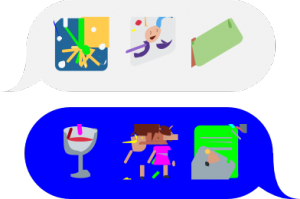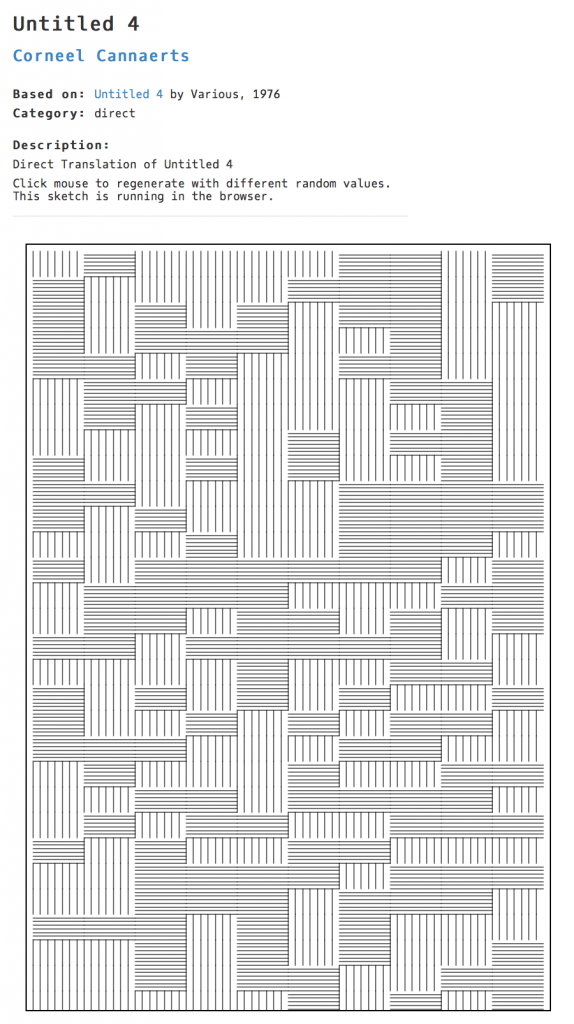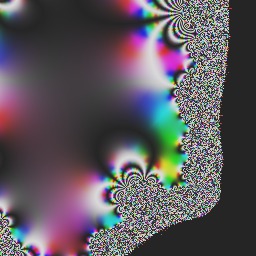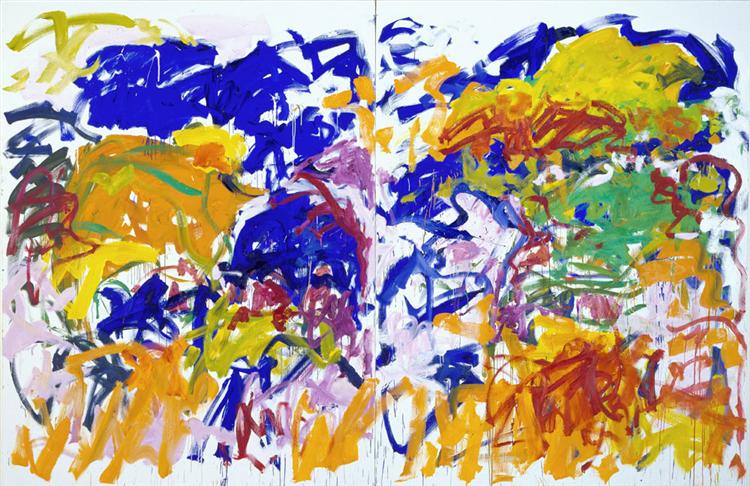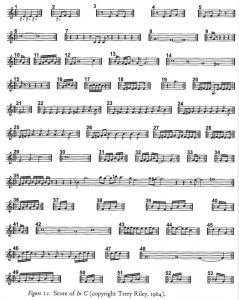This week, I have decided to explore the generative art of artist and creative coder Matt Deslauriers. In the particular experiment I am investigating Deslauriers has decided to depict a ‘seed’ that is randomly generated using simplex noises to render the particle’s size, position, scale, noise and velocity. As the artwork uses Node.js and Canvas to output frames as mp4 videos, when the user clicks the frame, the seed characteristics and background color is further randomised. I really admire and am impressed by Deslauriers’ generative art experiment because he managed to think every element through very carefully, despite having a limited degree of control over a randomised composition. For example, in order to achieve color contrast between each frame, he used a module by another developer to ensure legibility of text on background color and visual harmony between elements, demonstrating his acute attention to detail. Overall, I think each composition is very beautiful, and the artist was able to demonstrate his artistic sensibilities by investigating contrasts, the shape of the strokes the underlying framework which the generative strokes follow (e.g. grid, circular, hexagonal).

![[OLD FALL 2018] 15-104 • Introduction to Computing for Creative Practice](../../../../wp-content/uploads/2020/08/stop-banner.png)

